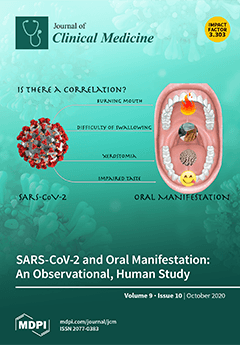The early and late ischemic and bleeding clinical outcomes according to baseline platelet count after percutaneous coronary intervention (PCI) in patients with acute myocardial infarction (AMI) remain unclear. Overall, 10,667 patients from the Cardiovascular Risk and identification of potential high-risk population in AMI (COREA-AMI) I and II registries were classified according to the following universal criteria on baseline platelet counts: (1) moderate to severe thrombocytopenia (platelet < 100 K/μL,
n = 101), (2) mild thrombocytopenia (platelet = 100~149 K/μL,
n = 631), (3) normal reference (platelet = 150~450 K/μL,
n = 9832), and (4) thrombocytosis (platelet > 450 K/μL,
n = 103). The primary endpoint was the occurrence of major adverse cardiovascular events (MACE). The secondary outcome was Bleeding Academic Research Consortium (BARC) 2, 3, and 5 bleeding. After adjusting for confounders, the moderate to severe thrombocytopenia (HR, 2.03; 95% CI, 1.49–2.78);
p < 0.001), mild thrombocytopenia (HR, 1.15; 95% CI, 1.01–1.34;
p = 0.045), and thrombocytosis groups (HR, 1.47; 95% CI, 1.07–2.03;
p = 0.019) showed higher 5-year MACE rates than the normal reference. In BARC 2, 3, and 5 bleeding outcomes, the bleedings rates were higher than the normal range in the moderate to severe thrombocytopenia (HR, 2.18; 95% CI, 1.36–3.49;
p = 0.001) and mild thrombocytopenia (HR, 1.41; 95% CI, 1.12–1.78;
p = 0.004) groups. Patients with AMI had higher 5-year MACE rates after PCI if they had lower- or higher-than-normal platelet counts. Thrombocytopenia revealed higher early and late bleeding rates whereas thrombocytosis showed long-term bleeding trends, although these trends were not statistically significant.
Full article






